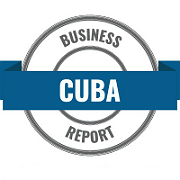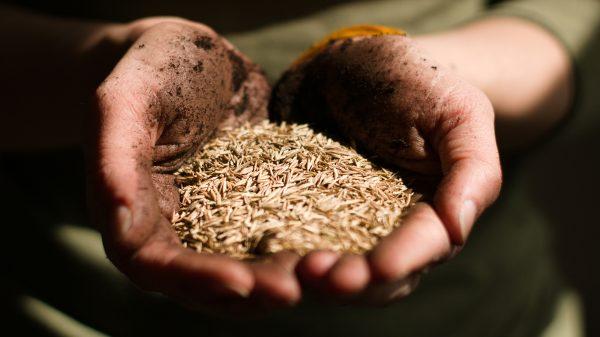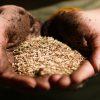To meet the targets set in its strategic plan for economic recovery, Cuban agriculture needs annual investments of $900 million pesos between 2021 and 2030 according to one expert on the subject.
Luis Enrique Díaz Burón, Director of Investments and Development of the Ministry of Agriculture (MINAG) said the investment from today until 2030 will give top priority to substituting imports and increasing exports of rice, beans, corn, milk, meat, and other products.
It will be of utmost importance to make the most of these investments, guaranteeing an increase in production and yields, and greater results for food security and energy savings.
Díaz Burón stated that over the last five years, an average of 514 million pesos investments was made annually aimed to improve infrastructure, recovery and expansion of production, modernization, new technology, and equipment.
Promoting permanent plantations will also make a greater impact on agricultural production in the sector, he added.
Díaz Burón also said that efficient financial management of investments, adequate planning, organization and management of the investment process will make it possible to execute the plan.
Goals for Agriculture
He said in 2021, priority will be given to investments in process that were not completed in 2020, and starting impact projects in MINAG’s production program.
Other goals of the Cuban agriculture investment plan 2021-2030 include the prioritization of agricultural production and industrial processing programs for grains, meats and vegetables, citrus, fruit trees, and tobacco.
The Director said that in the last five years investments totaled an annual average of 514 million pesos. These investments were, in general, for infrastructure improvement; recovery and expansion of production; modernization and introduction of agricultural technology equipment; as well as the promotion of permanent plantations that will achieve a favorable impact on the productive indicators of the Cuban agriculture sector.
Highest priority is given to investments that will substitute imports and increase exports (rice, beans, corn, milk, meat and others), with an emphasis on those that are completed in 2021 and incorporate new productive capacities into the economy.
In the urban, suburban and family agriculture program, the large organoponics will be upgraded, and production of vegetables, condiments and fruits for local consumption will continue to be developed.
In addition, the investment plan will focus on programs for protected crops with the expansion of hectares for the expected growth in tourism, Mayarí integral development (an agricultural program in Holguin), increased seed production, expansion and development in agriculture in the Isla de la Juventud municipality, and strengthening of selected fruit production, expansion of plantations and other programs.

From our staff writers and editors.











